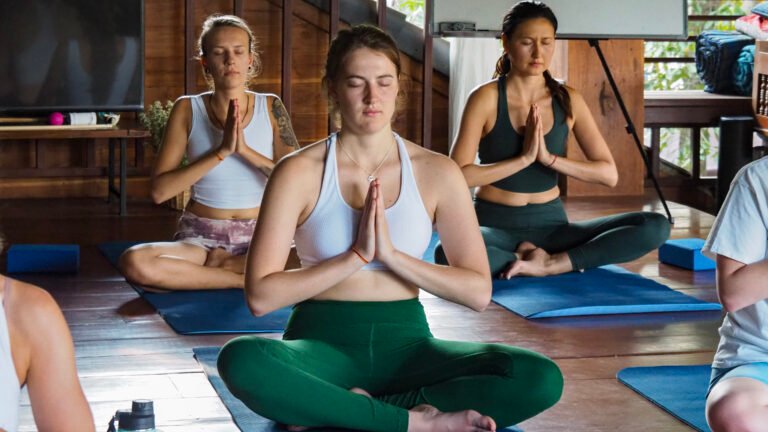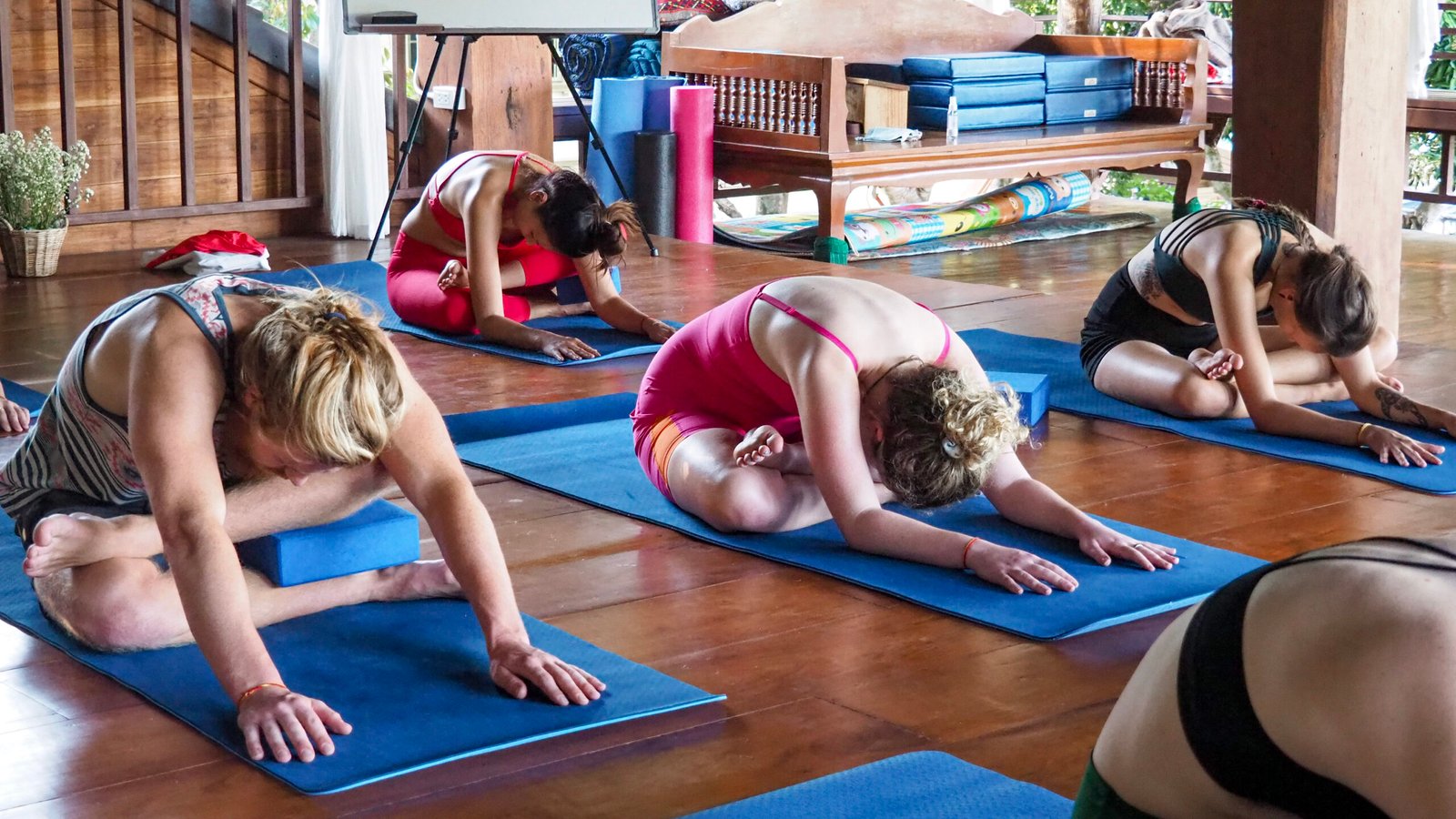Are you tired of counting sheep every night just to find yourself staring at the ceiling for hours on end? Insomnia can be a frustrating and exhausting experience, but luckily there are natural solutions that may help. Yoga has been shown to have numerous benefits for improving sleep, including reducing stress and anxiety levels. In this blog post, we’ll explore five yoga poses that could potentially aid in your quest for a good night’s rest. So grab your mat and let’s get started!
Introduction to Yoga for Insomnia
Welcome to our Introduction to Yoga for Insomnia. In this section, we will be discussing the basics of yoga and how it can help alleviate the symptoms of insomnia. We will also be providing some simple yoga poses that you can do at home to help improve your sleep.
Yoga is an ancient practice that originated in India. It is a system of physical and mental exercises that focus on breath control, flexibility, and strength. Yoga has been shown to be beneficial for many different health conditions, including insomnia.
The main benefit of yoga for insomnia is that it helps to relax the mind and body. This can be helpful in reducing the racing thoughts that often accompany sleepless nights. Yoga also promotes deep breathing, which can help to slow down the heart rate and promote a state of relaxation.
What is Insomnia?
Insomnia is defined as an inability to fall asleep or stay asleep for long periods of time. Insomnia can be caused by a variety of things, including stress, anxiety, depression, medications, and more. Insomnia can lead to a number of problems, including fatigue, irritability, and difficulty concentrating.
Benefits of Practicing Yoga for Insomnia
If you’re struggling to fall asleep at night, you may be surprised to learn that yoga could help. Yoga is a form of exercise that includes both physical and mental components, which can be beneficial for those with insomnia. The physical component of yoga can help to tire the body out, while the mental component can help to Quiet the mind and focus on the breath.
There are many different yoga poses that can be helpful for those with insomnia, but some poses are more effective than others. One pose in particular, called “legs up the wall,” has been shown to be particularly helpful in reducing symptoms of insomnia. To do this pose, simply lie on your back with your legs up against a wall. You can stay in this position for as long as you like, but it is usually recommended to stay for at least 5-10 minutes.
In addition to helping with insomnia, practicing yoga can also offer a host of other health benefits. These benefits include reducing stress and anxiety, improving flexibility and balance, and even helping to improve cardiovascular health.
3 Essential Yoga Poses for Insomnia
If you’re struggling with insomnia, practicing yoga poses specifically designed to help with sleep could be a natural and effective way to get the rest you need. Here are four essential yoga poses to try:
1. Child’s Pose
This pose is calming and grounding, making it ideal for inducing sleep. It’s also helpful in relieving stress and tension that can keep you awake at night.

2. Legs Up the Wall Pose
This pose helps to ease anxiety and promote relaxation by reversing the blood flow in your body. It’s also great for reducing headaches, neck pain, and fatigue.
3. Corpse Pose
Also known as Savasana, this pose is traditionally done at the end of a yoga practice. But it can also be helpful in promoting sleep by providing complete physical and mental relaxation.

Tips on Practicing the Poses Effectively
There are a few things to keep in mind when practicing the yoga poses that are meant to help with insomnia. First, it is important to find a comfortable place to practice where you will not be interrupted. Second, make sure to wear comfortable clothing so that you can fully relax into the poses. Third, give yourself enough time to practice the poses; rushing through them will only increase your anxiety and make it harder to fall asleep later. Finally, focus on your breath and let go of any thoughts that are keeping you awake.
Other Practices That Can Help With Insomnia
If you’re struggling with insomnia, you might be looking for natural solutions to help you get a good night’s sleep. Yoga is one practice that can be helpful in promoting sleep. There are a number of different yoga poses that can help relaxation and ease insomnia.
One pose that can be particularly helpful is called the corpse pose. This pose involves lying on your back with your legs and arms relaxed. You should focus on deep breathing in this pose and let your body completely relax. This pose can help to calm the mind and promote a sense of peace, which can be helpful in falling asleep.
Another good pose for promoting sleep is the child’s pose. This pose involves sitting on your heels with your forehead resting on the floor. You should focus on deep breathing in this pose and allow your body to completely relax. This pose can help to calm the mind and promote a sense of peace, which can be helpful in falling asleep.
If you’re struggling with insomnia, yoga may be able to help. There are a number of different poses that can promote relaxation and ease insomnia. Try incorporating some of these poses into your nighttime routine to see if they help you get a better night’s sleep.
Conclusion
Insomnia can be a tricky and difficult problem to manage, but practicing yoga poses is an effective way to improve your sleep. We hope that this article has provided you with some helpful tips on how to choose the right yoga poses for insomnia, as well as how often and when they should be practiced. With a combination of relaxation techniques, lifestyle changes, and regular practice of the right yoga poses, you can help yourself get better quality sleep every night.









